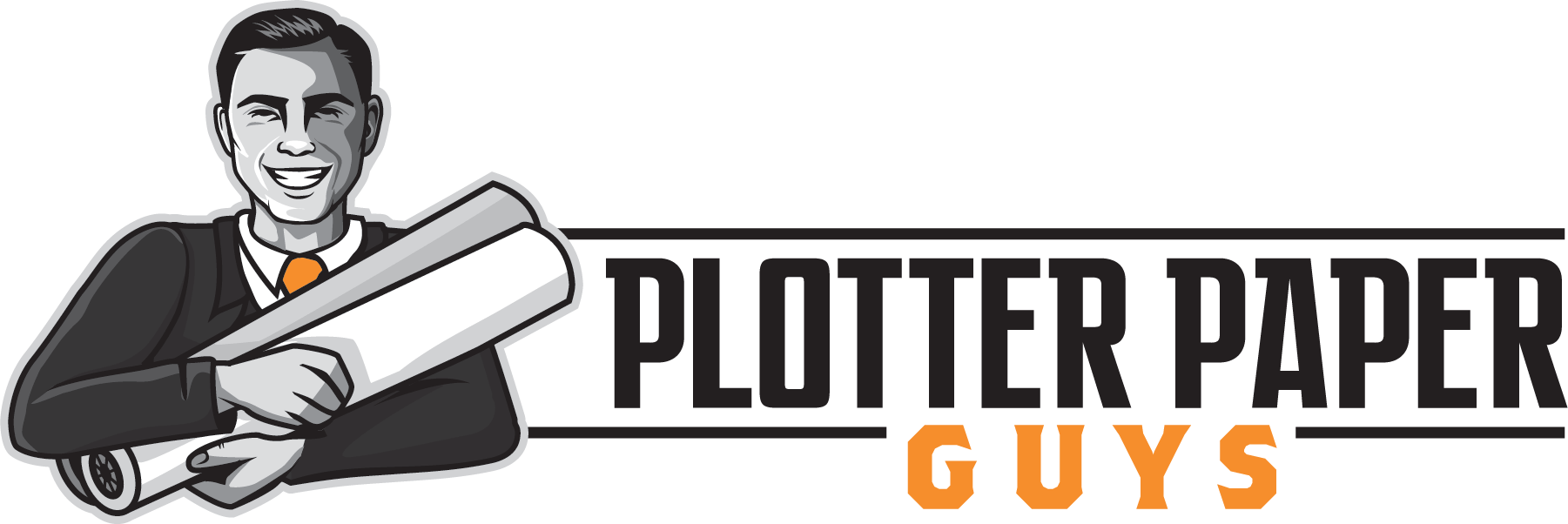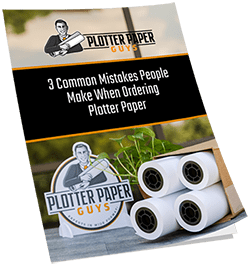Do you ever feel like your plotter is trying to sabotage your project?
This could be because you’re feeding it the wrong kind of paper.
All of the different details of the plotter might seem a bit “extra,” but matching the right Epson Plotter Paper to your project is key to achieving a quality print.
Here are the benefits of plotter paper.
Plotter Paper: Something to Remember
Even though we’re in a digital world, the use of printing physical drawings, design, and patterns is still pretty unparalleled. For example, proofing multiple designs are much easier to do when using physical paper.
A physical rendering also has a greater effect on clients. A massive drawing is memorable and impressive. They may perceive your firm as more hard-working or dedicated when they see a printed version of a design.
One of the most frustrating parts of the design process can be not having anything a client can really touch, feel or completely visualize until the building or creating process is nearly done. A printed concept gives clients something tangible that makes them feel like the process is moving along faster and promptly reaching desired milestones.
Types of Plotter Paper for Inkjet Printers
One of the biggest benefits of using plotter paper is the wide range of options made for specific printing jobs. Different types of plotter paper ensure that designs will communicate in the best way possible. They also offer a wide range of price points for teams to work with.
Designers use uncoated bond, translucent bond, and mylar film for simpler print jobs. Uncoated bond paper is great for printing drafts and designs that are usually discarded. Translucent bond paper is the most affordable plotter paper for drafting blueprints.
Mylar film and vellum are more of a standardized type of plotter media. Engineers and designers use these products when they want to save a rendering. This is because of its durability against humidity and various environments. It can also be double-sided. Recycled and sustainably made plotter papers are also usually used in-house.
Premium-coated laser or inkjet bond paper can produce charts and documents that do not curl. There is also wide-format photo paper for both types of plotters. Clear films are another option for producing simple graphics and overlays.
Coated bond papers produce detailed, vibrant designs. Heavyweight presentation paper also supports a lot of colorful elements in a design.
Benefiting from the Specs of Epson Plotter Paper
If you’ve shopped for wide-format inkjet or laser plotter paper you know that plotter paper comes in many sizes and dimensions. This is one of the biggest benefits of plotter paper: There’s something for everyone. But, there can be some grey area when it comes to understanding all of the various specs of plotter paper.
Weight and Thickness
Weight and thickness can be confused with one another but they are different things. Thickness refers to the depth of the sheet of paper. Weight refers to the total weight of the roll over a given area.
Plotter paper thickness is referred to in calipers called “mils.” One mil equals one one-thousandth of an inch. Getting paper that is too thick for your plotter can break it.
If the paper is too thin, it will rip, tear and get stuck in the plotter. Thin plotter paper is used for more informal print jobs. Thicker paper is used for more formal papers you present.
The thickness of the paper will affect the total weight of the roll. The weight of the roll will usually be considered in the total cost.
Roll Width and Length
The width of plotter paper is usually in inches. Different plotters are different widths which means they require different widths of paper. But, the width of the roll is different from the length of the roll.
Roll length describes how long the sheet of paper is when it’s unraveled. For example, a roll might give a length of 200 feet. Plotter paper is designed this way to make the printing process seamless (so someone doesn’t have to constantly load individual sheets).
Thicker paper will be sold at a shorter length, simply because it’s bulkier and less can fit in the same size roll as thinner paper. Rolls can also be sold in sheets, instead of one continuous sheet, but they are usually more expensive.
Core Diameter
Plotter paper is sold with either 2 or 3-inch cores. The cores are the centermost “tube” of the roll. Different plotters require different size cores.
An inkjet printer will likely have a 2-inch core. A laser or LCD printer will likely require a 3-inch core.
Opacity and Brightness
Opacity controls how much light will reflect off the surface of a piece of paper. For example, a paper roll sold at 100% opacity will be the whitest and display colors the brightest. As opacity decreases, brightness decreases.
As opacity decreases the amount of light that is reflected also decreases. This means that colors will be less vivid, and at very low opacity, you might be able to semi-see through the paper. High opacity is best for presentations whereas low opacity is typically used for drafting.
Paper Rolls with Endless Possibilities
Engineers, architects, creative directors, and designers can all benefit from the dynamic range of options available with Epson Plotter Paper. A small amount of knowledge can finally end your plotter problems and start producing beautiful prints.
Have a question about the plotter paper? Do you need a custom size? We’ve got you covered, contact our team today!




